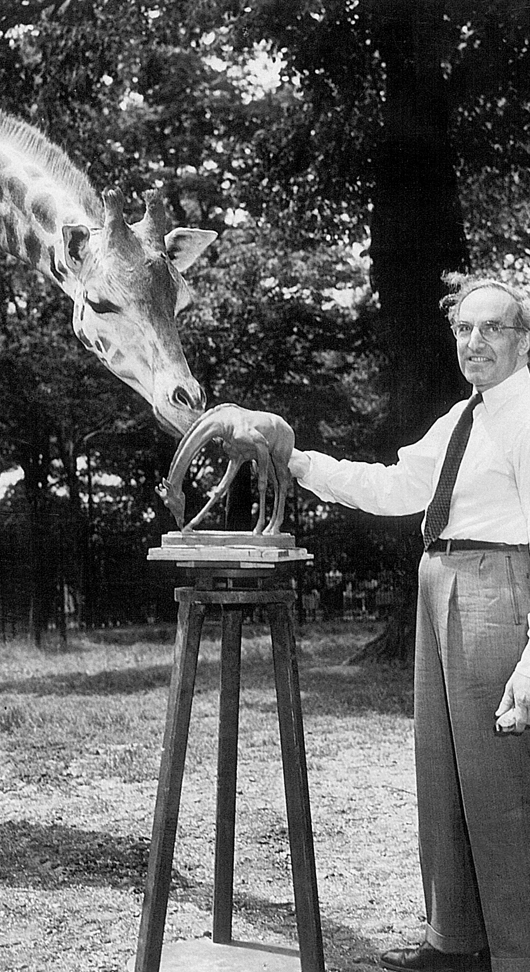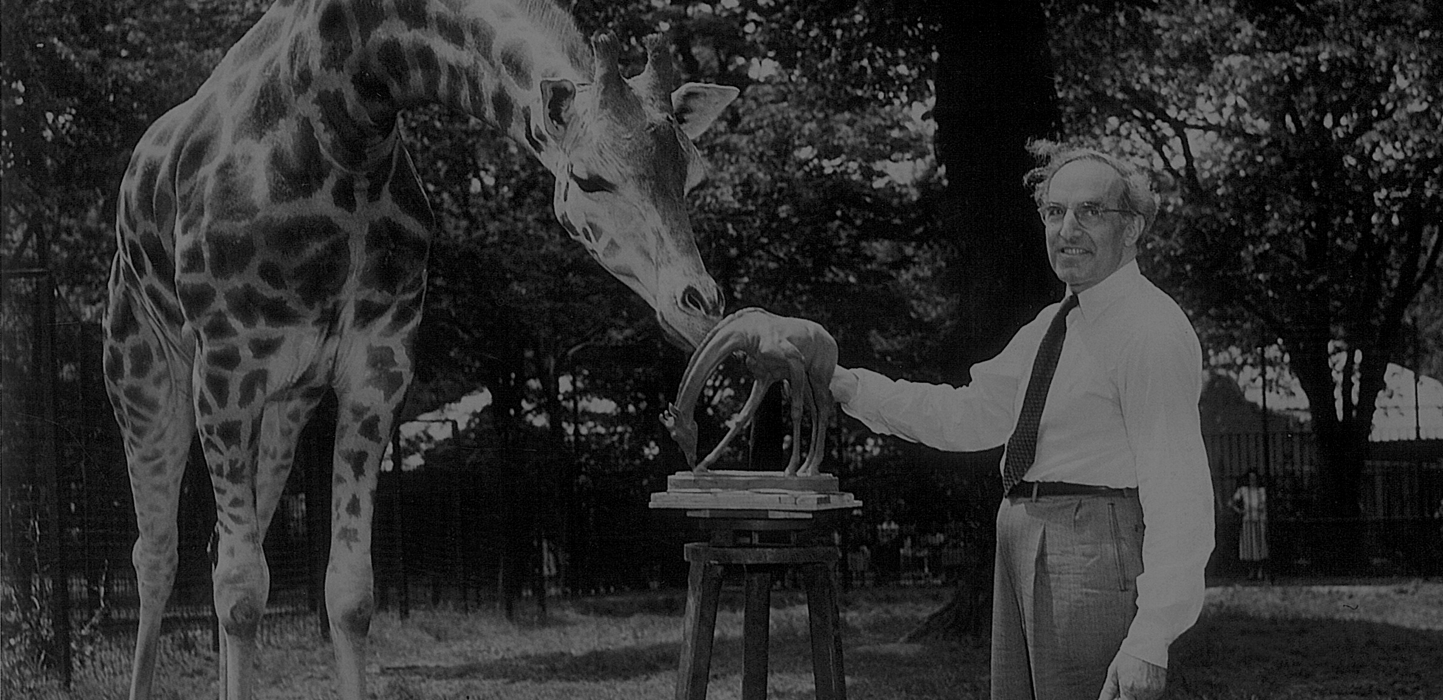The crowning achievement of Mochi’s career, these 14 enormous panels in New York’s American Museum of Natural History each stand 8 feet tall and 2 feet wide. Each one depicts a different aspect of life in action, from lumbering dinosaurs, to artic penguins escaping a seal’s chase, to majestic creatures of the rainforest. Part of the museum’s permanent collection, these fantastic works are still treasured.
View Work
The largest collection in his oeuvre, his animal outlines are without a doubt Mochi’s most famous works. A lover of wildlife and nature his entire life, Mochi did more than cut an animal’s portrait—he combined motion, light, perspective, and life into vivacious shadows in outline.
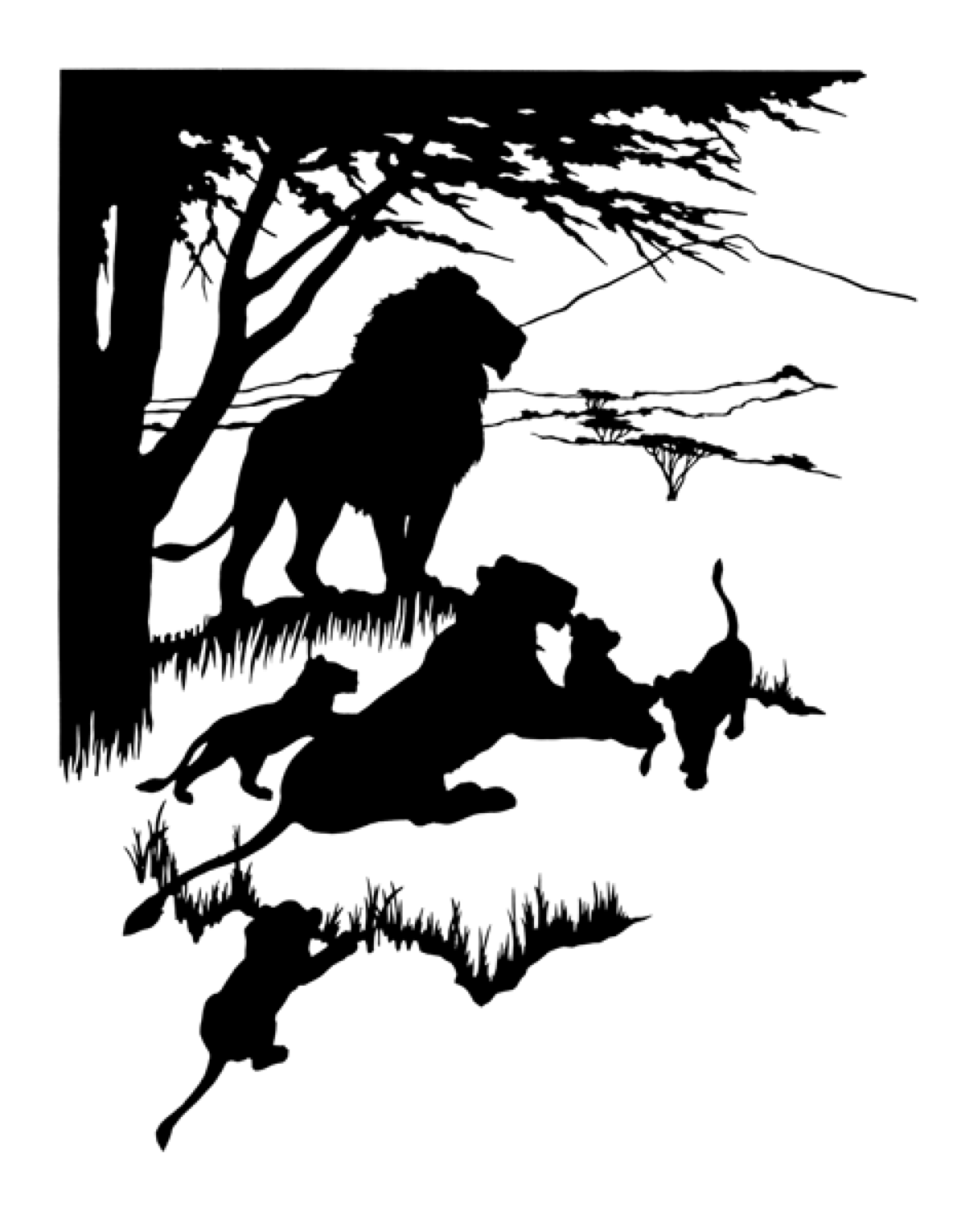
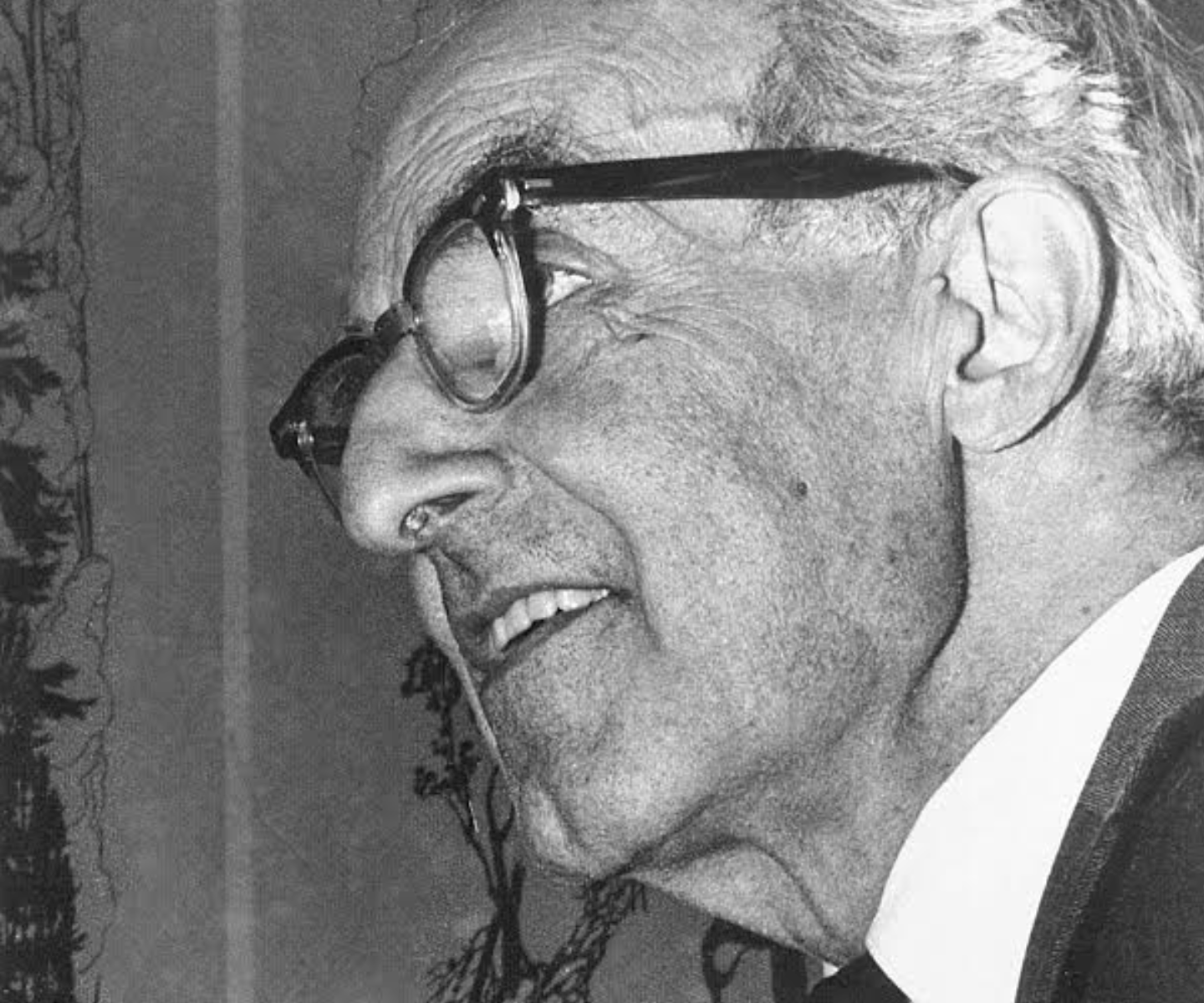
Mochi was a dedicated family man. Working everyday from his home studio, he frequently involved his wife and two daughters in the presentation of his art. Much like his childhood home in Florence, their house was always filled with music, pets, and joy.
His series of animal books, authored by Dorcas MacClintock, would occupy the remaining years of Mochi’s life. From 1970, he researched, sketched, and cut the animals he knew so well. The “Natural History of Giraffes” was published in 1973 followed by “The Natural History of Zebras” in 1976. Mochi was looking forward to continue his study of the horse, an animal he had marveled at from the time he was a young boy in Italy. In a short time, the images were ready for publication.
One summer evening in 1977 while Mochi was in his studio looking over some of his work, he suffered a massive stroke. He was 88. His life was a culmination of his vision: to live for art.
Ugo Mochi’s life was spent creating a body of work that stands alone in the field of outline art. With the trained eye of a sculptor, he was able to create images of great monumental quality from a flat medium. His knowledge and dedication to the accuracy of form along with his great artistic sensibilities for design enabled him to bring otherworldly life and movement to his pieces.
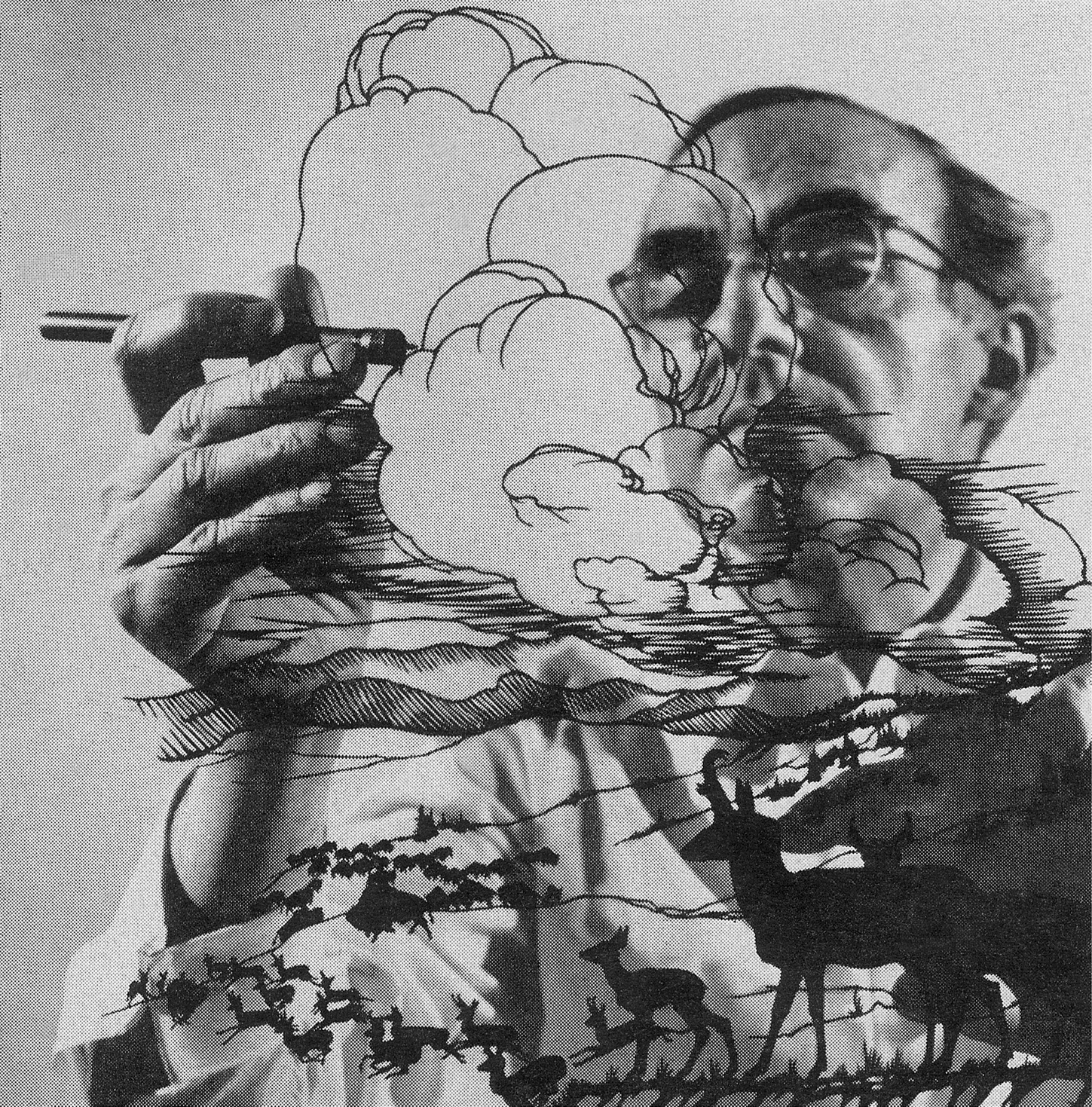
As the Washington Post wrote of Mochi’s oeuvre many years ago:
“His works are not of a certain epoch and of a certain school. They are timeless as all great works.”

